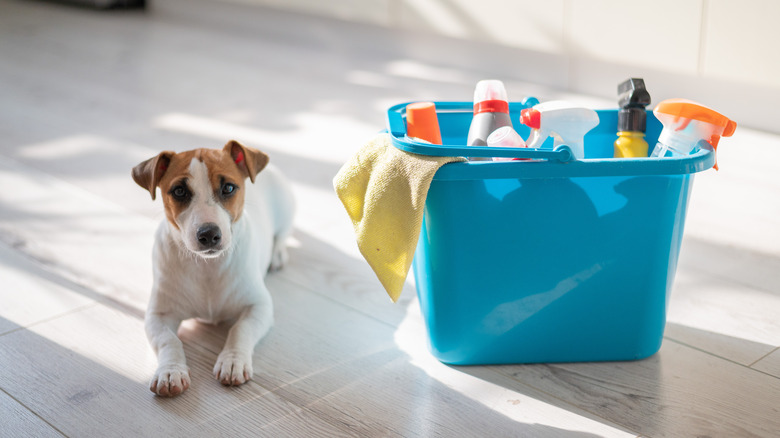How Long Does Parvo Stay In The Ground?
Parvo is a highly contagious and potentially fatal disease affecting dogs. The virus is known for being extraordinarily hardy and capable of surviving in the ground for a long time. How long does parvo live on surfaces? The length of time parvo can live in the environment depends on factors such as temperature, amount of sunlight, and humidity levels.
The parvovirus mechanism of action
The parvovirus mechanism of action
Upon contracting parvo, and even before showing symptoms, infected puppies start shedding enormous amounts of virulent particles in their feces and continue to shed them for about 10 days after recovery. About 35 million viral particles are found in just an ounce of stool; on average it takes only 1,000 particles to infect a vulnerable puppy.
How long is parvo contagious? Once the millions of particles are shed on the ground, the virus can sit around for months or years waiting to be picked up.
How dogs are exposed to parvo
How dogs are exposed to parvo
Unvaccinated or incompletely vaccinated puppies between the ages of 6 weeks and 6 months are most susceptible to parvo. All it takes to get infected is to ingest the viral particles on the ground. Directly eating from the ground or licking paws after walking on infected soil is one route of exposure, but puppies also get infected indirectly.
Objects can become contaminated by viral particles and are therefore capable of causing disease. Your shoes, clothing, and car tires may pick up parvo particles from the ground and carry them to your home and yard.
How long does parvo live in the ground?
How long does parvo live in the ground?
While humid, shaded areas provide the ideal habitat, parvo has shown the capability of surviving in heat and even freezing temperatures. In general, shaded areas are likely to be contaminated for about seven months, while areas exposed to sunlight can be contaminated for 5 months. However, it doesn't hurt to err on the side of caution and keep puppies and dogs that aren't fully vaccinated away from the yard for 6 months to a year.
How to kill canine parvovirus
How to kill canine parvovirus
Indoor decontamination is relatively easy. Indoors, the virus loses infectivity within one month, and all surfaces, floors, bedding, and toys require disinfection with a solution of 1 part bleach with 30 parts water. Allow the concoction to soak for at least 10 minutes. Consider that the bleach will ruin dyed or colored fabrics.
Outdoors, disinfection is much more problematic. If you have good drainage, you can try watering down the ground and lawn to try to dilute the virus particles or applying disinfectants with spray hoses. Neither method may be effective.
In summary
In summary
Parvo is hardy. Survival rates in young dogs who acquire it are low. Treatment may be costly. Prevention is advised.
If you have a young puppy, follow your veterinarian's vaccination protocols and avoid taking him to places where many dogs congregate until he has had all his vaccinations. If you're planning to add a puppy to a home where previously a dog with parvo lived, the Merck Veterinary Manual suggests considering fully vaccinated adult dogs and puppies who have finished their whole vaccination series.
